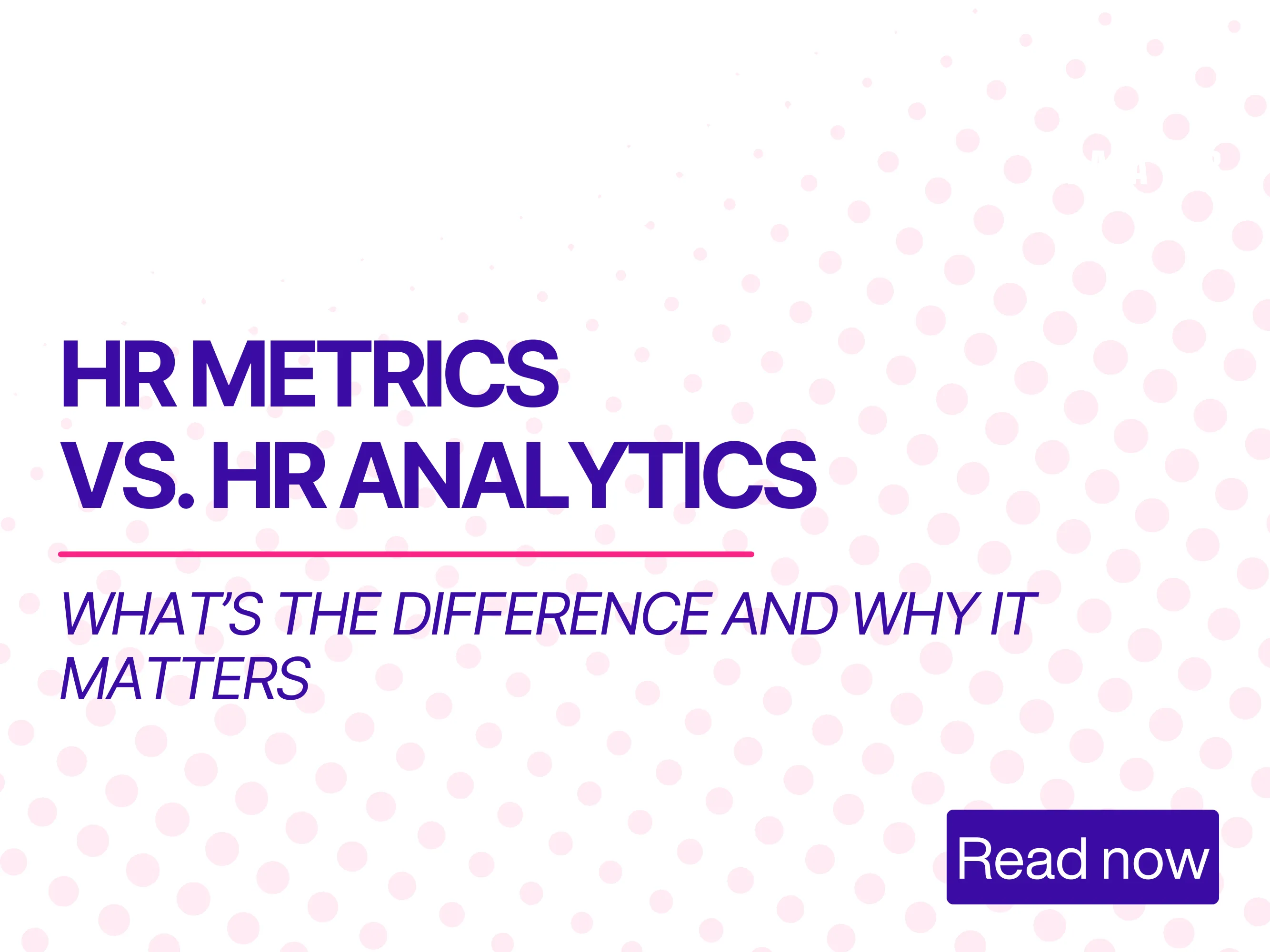Productivity Insights — What do absence patterns reveal?
Absences don't just affect staffing — they reveal patterns. Here you can explore how absence trends impact productivity across teams and departments. Identify periods of high or low engagement, detect potential bottlenecks, and uncover opportunities to support your workforce more effectively. Turn absence data into actionable insights for smarter workforce planning and improved team performance.
What does it mean to analyze which productivity trends can be derived from absence data?
This analysis examines absenteeism patterns in the company — such as frequency, duration, and seasonal fluctuations — and derives potential productivity trends from this.
It shows which departments or periods of time are particularly affected by absences and how this could affect team performance and corporate goals.
Why that's important:
- Understanding productivity: Absence data provides information about bottlenecks, overloads, or seasonal patterns.
- Improve HR and management planning: Insights help with resource planning, substitution regulations, and workload management.
- Encourage data-based decisions: Transparent absence analyses support strategic personnel management and increase the predictability of productivity trends.



Based on the analysis of your absence data, you can Productivity trends Derive:
Overall absenteeism trends
Die Absence rate Fluctuates monthly between 9.3% and 14.6% and shows distinct seasonal patterns:
- Lowest values: June 2024 (9.3%) and March 2025 (10.4%)
- Highest values: March 2024 (14.2%) and October 2025 (14.6%)
Die Disease rate (FTE) On average, it is 3.6% And also shows seasonal fluctuations:
- Lowest values: June 2024 (1.9%) - classic summer months
- Highest values: January 2024 (4.6%) and November 2024 (4.8%) - Waves of winter illness
Cross-departmental productivity impacts
The days of absence per employee vary significantly between departments:
Highest load (over 60 days/year):
- UX design: 88 days
- Legal & Compliance: 87.2 days
- AI & Machine Learning: 83.8 days
- People & Culture: 66.8 days
Lowest load (less than 50 days/year):
- Account Management: 40.7 days
- Quality Assurance: 43.9 days
- Product marketing: 44.5 days
- digital marketing: 45.5 days
Structural productivity risks
Absence types by productivity impact:
- Paid vacation: 10.642 FTE days (can be planned)
- Sick days: 6.759 FTE days (unplanned, direct loss of productivity)
- Maternity leave: 3.777 FTE days (can be planned in the long term)
Productivity trends by company
- Idefix Campus: 58.3 days/employee (highest load)
- Idefix Digital Solutions: 55.7 days/employee
- Idefix AG: 52.5 days/employee (best performance)
Critical Insights for Productivity Planning
⚠️ Seasonal productivity risks: Winter and spring periods show significantly higher failure rates
⚠️ Department-specific hotspots: Specialized areas (UX, Legal, AI) have above-average downtime
⚠️ Planning Challenge: More than 30% of absences are due to illness and therefore unplanned
recommendation: Focus on preventive health measures in the winter/spring months and increased capacity planning in highly stressed specialist departments.
.webp)






